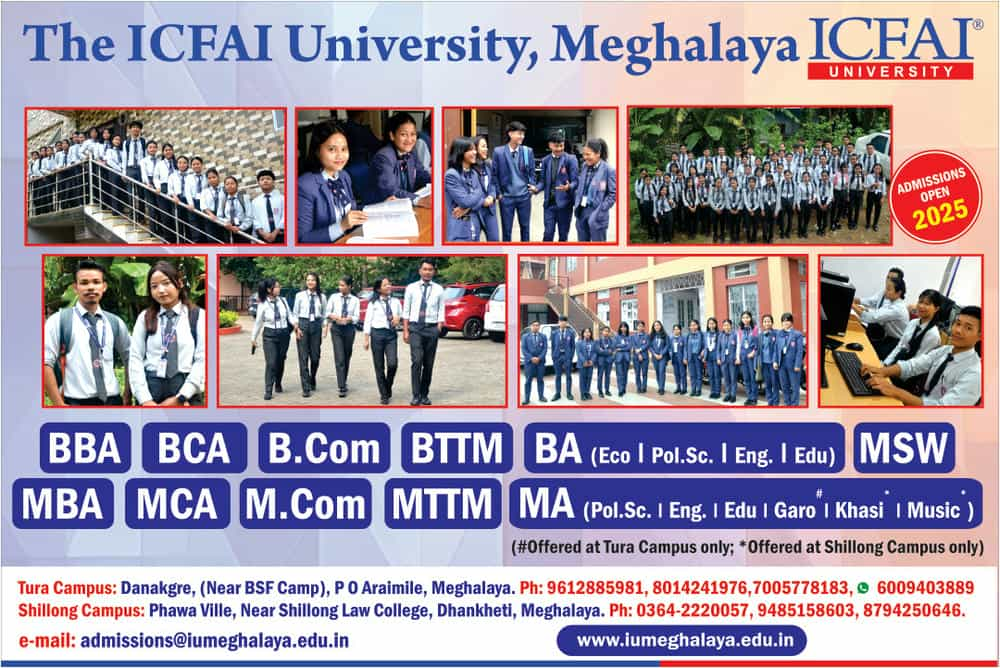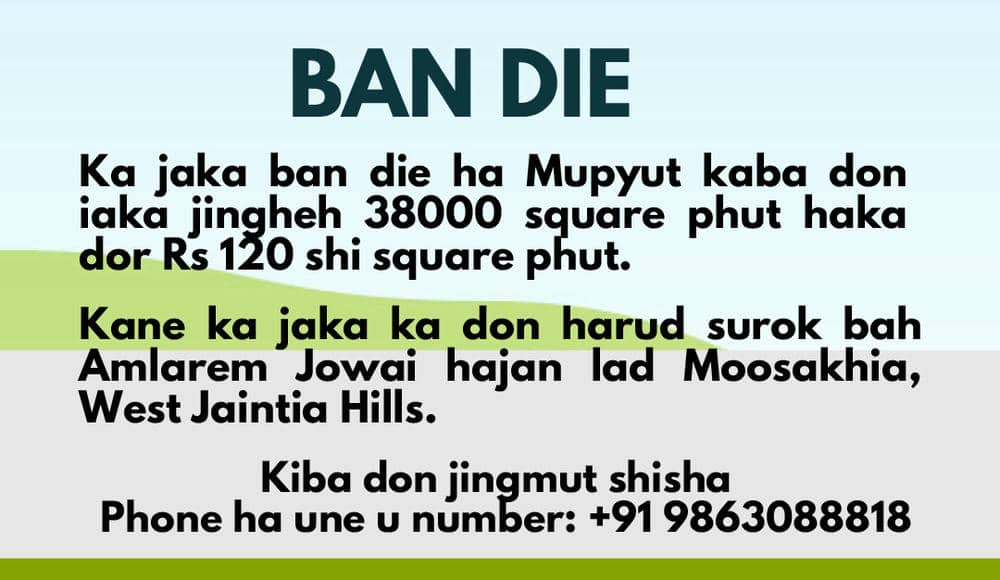Protection of Children under the Constitution of India

“Safety and security don’t just happen; they are the results of collective consensus and public investment. We owe our children, the most vulnerable citizens in our society, a life free of violence and fear” – Nelson Mandela
Introduction
This article aims to highlight the important laws that deal specifically with children.
During the peak of the Industrial Revolution, children toiled in grim factories, enduring long hours with meager pay in hazardous conditions. They were often preferred over adults as employees since they could be employed at a much cheaper rate, avoiding the higher wages required for adult labour. The Nimble Fingers theory posited that children were particularly suited for certain types of labour due to their supposedly smaller, more agile fingers. This exploitative practice resulted in long working hours, severely hampering the children’s mental, physical, and emotional growth.

Who is a Child?
The United Nations Convention on the Rights of the Child (UNCRC) defines a child under Article 1 as a person below the age of 18 years. The CRC was approved by the General Assembly of the United Nations on November 20, 1989. The Convention was formally opened for ratification on January 26, 1990. The Government of India ratified the UNCRC on December 11, 1992.
Having explored the international standards set by the UNCRC, it is pertinent to mention the legal framework that underpins the protection of children by the Constitution of India, which is the supreme law of the land. Our founding fathers of the Constitution were cognizant of the fact that children required special protection and have therefore incorporated special provisions under Part III and Part IV, which are the Fundamental Rights and the Directive Principles of State Policy, respectively. Part III of the Constitution is the justiciable part, while Part IV is non-justiciable. It is worth mentioning that the 42nd Constitutional Amendment Act added Part IV-A, which is the Fundamental Duties to the Constitution of India. Originally, it had 10 Fundamental Duties, of which the 86th Amendment Act, 2002, added one more fundamental duty, Article 51-A(k), putting the onus on the parent or guardian to provide opportunities for education to his child or ward between the ages of 6 to 14 years.
Fundamental Rights Relevant to Children
Part III of the Constitution of India deals with Fundamental Rights. Some of the provisions that are relevant to children are:
- Article 14 – Right to Equality, including equality before the law and equal protection of the law.
- Article 15 – Right against Discrimination, prohibition of discrimination on grounds of religion, race, caste, sex, or place of birth.
- Article 15 (3) – “Nothing in this Article shall prevent the state from making special provisions for children.”
- Article 19 (1) (a) – “All citizens shall have the right to freedom of speech and expression,” applicable to children as well.
- Article 21-A – “The state shall provide free and compulsory education to all children of the age 6-14 years.”
- Article 23 – Right to be protected from being trafficked and forced into bonded labor.
- Article 24 – “Prohibits employment of children below the age of 14 years in any factory, mine, or hazardous employment.”
Directive Principles of State Policy
Part IV of the Constitution of India deals with Directive Principles of State Policy:
Though the Directive Principles of State Policy are non-justiciable in nature, the courts have often utilized them as a framework for interpreting and applying Constitutional protection for children. For instance, in Mohini Jain v State of Karnataka, the court held that “even though the Constitution as such does not make the right to education a fundamental right, a cumulative reading of Article 21 along with Directive Principles enshrined in Articles 41, 45, and 38 makes it clear that the framers of the Constitution made it obligatory for the state to provide education to its citizens.” Subsequently, Unni Krishnan v State of Andhra Pradesh reinforced this stance while rejecting the absolutist stance of providing education to all citizens at all levels but subjecting it to the economic capacity of the state, laying the genesis for Article 21-A.
Legislations for the Protection of Child Rights
Protection of Children from Sexual Offences Act, 2012 (POCSO)
The Government of India, which has acceded to the Convention on the Rights of the Child, has enacted The POCSO Act, 2012, which is a special law that aims to protect children from offences of sexual assault, sexual harassment, and pornography, and to provide for the establishment of special courts for the trial of such offences. Article 15 (3) of the Constitution empowers the state to make special provisions for children. It is pertinent to mention that the POCSO Act, 2012, is gender-neutral and places an obligation on any personnel of the media, hotel, lodge, hospital, club, studio, or photographic facilities to report any material or object that is sexually exploitative of a child to the special juvenile police unit (SJPU) or to the local police as the case may be, or face sanctions for failure to do so (Section 20 of POCSO Act).
Juvenile Justice Care and Protection of Children Act, 2015 (JJA)
The Juvenile Justice Care and Protection of Children Act, 2015, consolidates the laws relating to children alleged and found to be in conflict with the law and children in need of care and protection by catering to their basic needs through proper care, protection, development, treatment, and social reintegration by adopting a child-friendly approach in the adjudication and disposal of matters in the best interest of children for their rehabilitation through processes provided, and institutions and bodies established.
Section 2(12) of the Juvenile Justice Act, 2015, defines a child as “a person who has not completed eighteen years of age.”
This Act provides two categories of children:
- Children in conflict with law (CCL) – Section 2(13) defines a child in conflict with the law as a child who is alleged or found to have committed an offence and has not completed the age of 18 years.
- Offences may be categorized as:
- Petty offence
- Serious offence
- Heinous offence
- Children of the age group 16-18 years may be tried as adults in cases of heinous offences after the preliminary assessment conducted by the Juvenile Justice Board (JJB). Children in conflict with the law shall be sent to an observation home during such pendency of inquiry. Parents, schools, and law enforcement agencies need to understand and reduce risk factors in which children may adopt behaviors that may harm them and society at large and provide them with the right kind of prevention, proper treatment, rehabilitation, and reformation.
- Offences may be categorized as:
- Children in need of care and protection (CNCP) – Section 2(14) defines a child in need of care and protection as a child who is found without any home or settled place of abode and without any ostensible means of subsistence, or who is found working in contravention of labor laws, or who is found begging or living on the street, etc.
- A child in need of care and protection shall be produced before the Child Welfare Committee (CWC). The child will be placed in a Children’s Home for proper treatment, development, and rehabilitation. The Child Welfare Committee should recognize a facility to be a fit facility to take responsibility for a child. The Specialized Adoption Agency (SAA) is to take care of the rehabilitation of orphans, abandoned, or surrendered children.
The Child Labour (Prohibition and Regulation) Act, 1986
The Child Labour (Prohibition and Regulation) Act, 1986, is a statutory legislation that designates a child as a person who has not completed 14 years of age. The aim of the Act is to regulate the hours and working conditions of child workers and to prohibit child workers from being employed in hazardous industries. In 2016, the Child Labour (Prohibition and Regulation) Act was amended to recognize adolescents, defined as persons who have completed 14 years of age but have not completed 18 years of age. The amendment aims to prohibit the engagement of children in all occupations and to prohibit the engagement of adolescents in hazardous occupations. The Child Labour (Prohibition and Regulation) Amendment Act, 2016, provides for two exceptions: children engaged in entertainment industries and children engaged in family-owned enterprises. The child labor law is now in consonance with Article 21-A, which mandates that children aged 6-14 must be in school.
The New Penal Code: Bharatiya Nyaya Sanhita, 2023
The Bharatiya Nyaya Sanhita, 2023, has dedicated a chapter specifically addressing children from Section 91 to Section 99, emphasizing its significant focus on safeguarding and promoting the rights and welfare of young individuals.
Justice Bhagwati once quoted: “The child is a soul with a being, a nature, and capacities of its own, who must be helped to find them, to grow into maturity, into fullness of physical and vital energy and most breadth, depth, and height of its emotional, intellectual, and spiritual being.”
Children, being the supremely important national assets, require special care and protection against all forms of violence, abuse, economic exploitation, sexual exploitation, and all other forms of exploitation because children are innocent, helpless, vulnerable, and yet to be developed.
“Today’s children are tomorrow’s leaders. They are the future of the Nation.”
Authored by: Clara Jones Jala

Leave a Reply